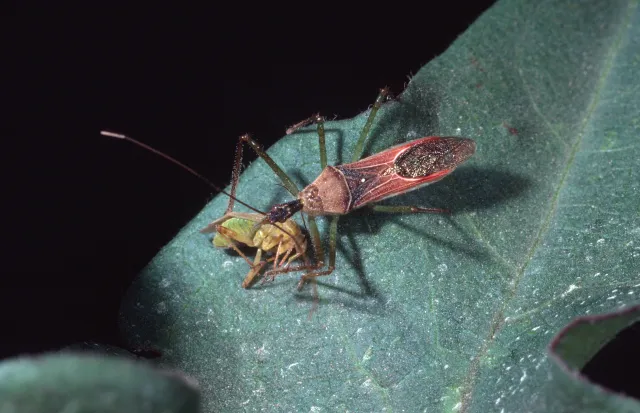Have you noticed groups of black bugs with colorful markings hanging out on the sidewalk or your porch? Maybe you’ve seen them on fruit trees or in your veggie garden. It can seem like they’re everywhere, but what are they?
Where you find them can give you a clue about what they are and how to handle them.
If you find them on or near a box elder tree, they’re likely to be boxelder bugs. They can occasionally be found on maple and ash trees. These bugs can also feed on various fruits and nuts, but they aren’t usually a significant pest to garden or landscape plants. They can become a nuisance in the fall and winter when they gather in large groups to seek shelter on or inside your home. To learn more about these bugs and how to manage them, read the Pest Notes: Boxelder Bug.
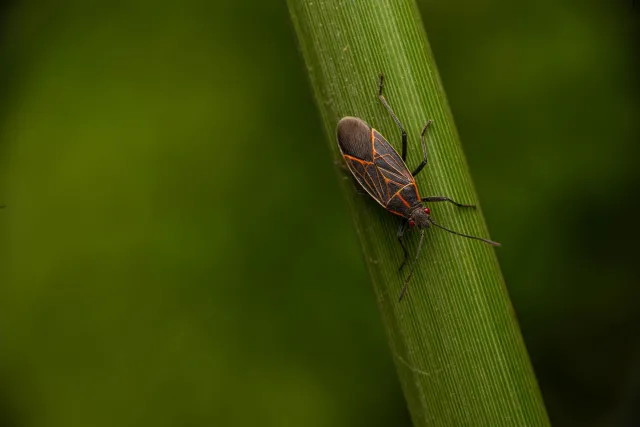
But what if you found similar looking insects on other plants? Several insects in the order Hemiptera (known as true bugs) are commonly seen on ornamental trees and shrubs and some on fruits and vegetables. All have needlelike or strawlike mouthparts that they use to pierce and suck out plant juices or feed on other insects. Since many of these insects look very similar to each other, it’s important to know what you’re seeing before taking action.
The following lookalikes are relatively similar in shape to boxelder bugs. However, some of them can be more of a pest than others, and some are beneficial predators of pest insects.
Seeing bugs on pumpkin, squash, or other cucurbit plants? These are probably squash bugs. Squash bugs can damage both leaves and fruit, and their feeding can cause plants to wilt and fruit to rot. They can be a serious garden pest when their population is large. Read the Pest Notes: Squash Bugs for more information about these pests and how to control them.
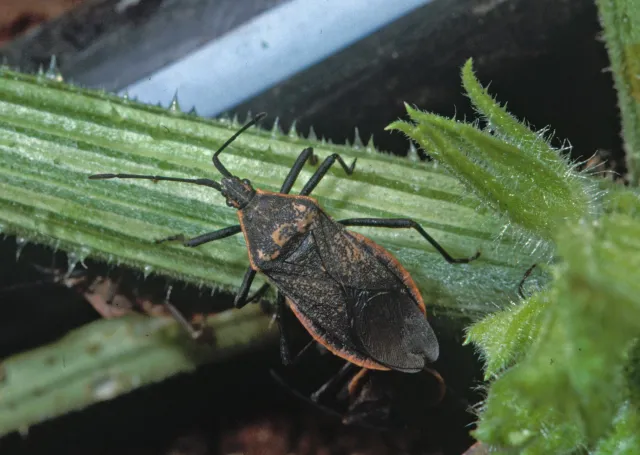
If similar looking insects are found on pomegranates or tomatoes, they are likely leaffooted bugs. Adult leaffooted bugs are relatively large and can be identified by the leaflike projections on their hind legs. Though most often seen on pomegranates, leaffooted bugs can also eat many other kinds of fruit and some ornamental trees and shrubs. They don’t usually cause significant harm to ornamental plants, but they can damage fruit when found in large numbers. Visit the Pest Notes: Leaffooted Bugs for more info.
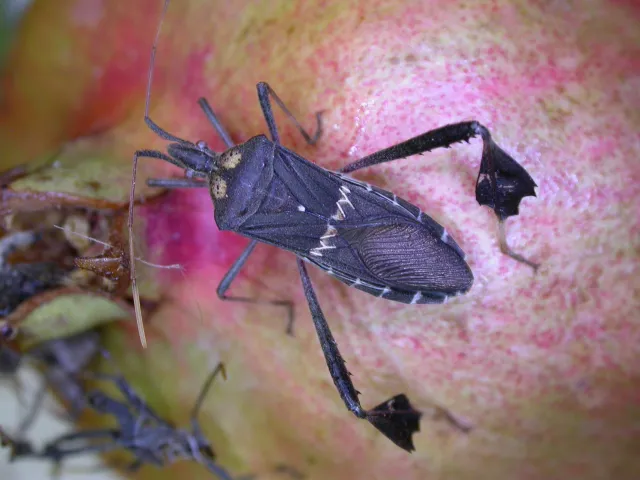
If you’re finding black and orange bugs on milkweed plants, they are probably milkweed bugs. Though these insects do feed on other kinds of plants, they are not likely to be a serious pest on anything in your garden except milkweed. To learn more about this insect, read this Bug Squad blog post about them.
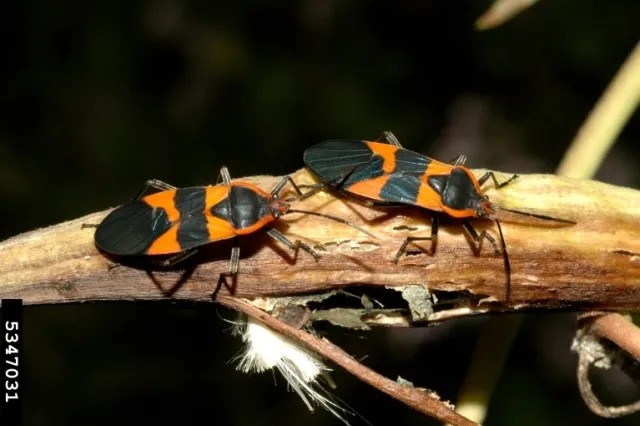
Also keep an eye out for beneficial lookalikes. Twospotted stink bugs and assassin bugs can be confused with the pest bugs mentioned above, but they use their straw-like mouthparts to prey on garden pest insects, not plants. To learn more, visit the natural enemy pages about twospotted stink bugs and assassin bugs.
